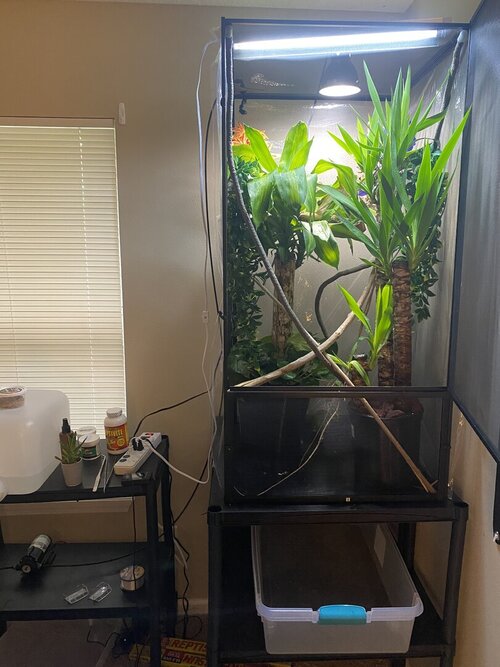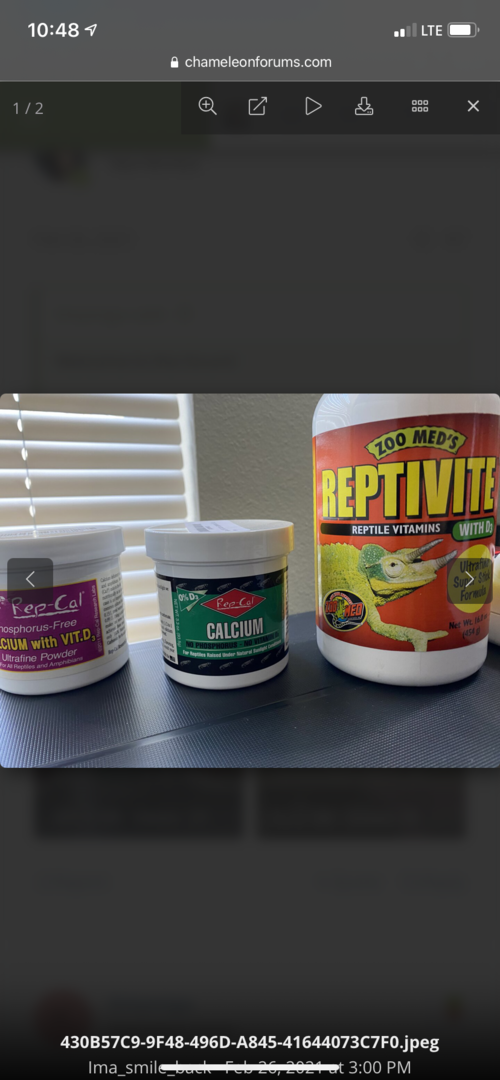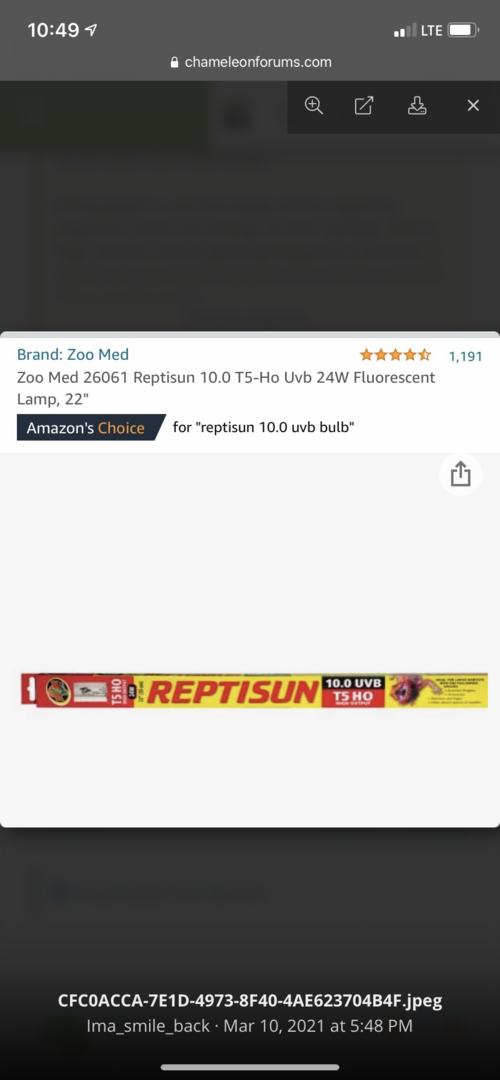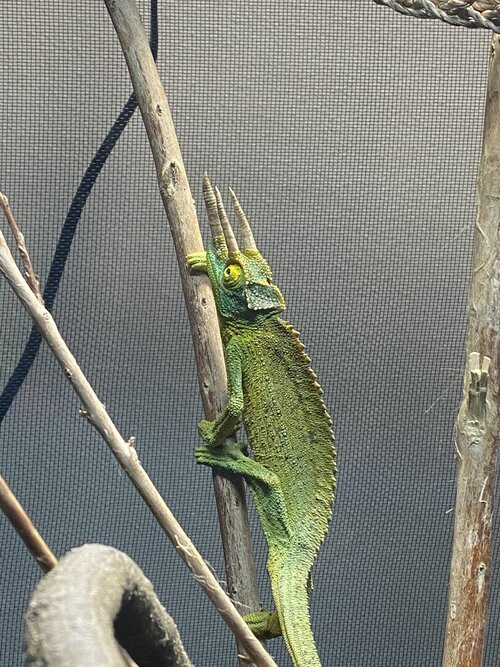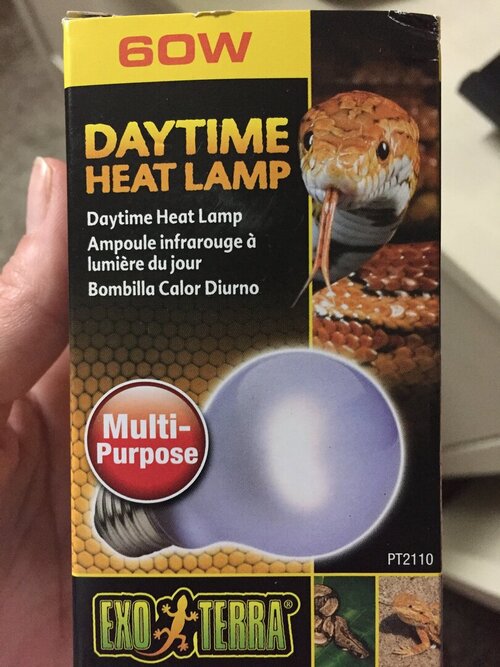Ima_smile_back
Member
Just got him 3 days ago rescued from pet shop tell me how I’m doing please advice will be greatly appreciated also need to pick which name would be best Cutter or Casper
Cage Info:
- Your Chameleon - Jackson, I’ve had him for 3 days
- Handling - Held him first day haven’t since
- Feeding - crickets he won’t try super worms yet idk why but he ate 9 crickets the second day and he only ate 3 this morning. I feed him in the morning but I may try to feed him when I get home I get home about 5 something i gut loaded them by feeding the crickets carrots and lettuce and and potato's
- Supplements - in the attached photos and I haven’t cover them with it yet due to the pet store staying they already did it this week so I don’t want to over do it I plan on doing it starting next week
- Watering - i have a mist king that I filtered water in it and it goes off 3 times a day first 3 mins at 8:30. Second one is at 12 for 3 mins and the 3 is at 5:30 for 4 mins and I do not ever see him drinking due to me being at work when it goes off I will see this weekend if he does since this will be the first official weekend id have him for also when I first wake up I mist with my filter spray bottle on the plants just in case he is thirsty
- Fecal Description - haven’t seen any I only had him for a little awhile still just 3 days and I haven’t had him tested yet
- History - the pet store couldn’t tell me anything because they didn’t no… shameful
Cage Info:
- Cage Type - extra large screen cage I’ll add the photos
- Lighting - lighting in the extra photos but the basking buld is 100 w eco smart
- Temperature - 69 sometimes in middle 70s after mister lowest at night is 68 I know because I have a gun thing that tells me the temp when I point at it
- Humidity - im not sure I don’t have anything to let me know what it is but I have the misting going and I have shower curtains on the side to keep the humity at a certain level.. I’m trying
- Plants - corn plant and a Lucca also in picture
- Placement - he sat high up as you can see in the added picture and no vent is near him in our guest bed room which no one is in but he is near a window
- Location - I live in Florida

